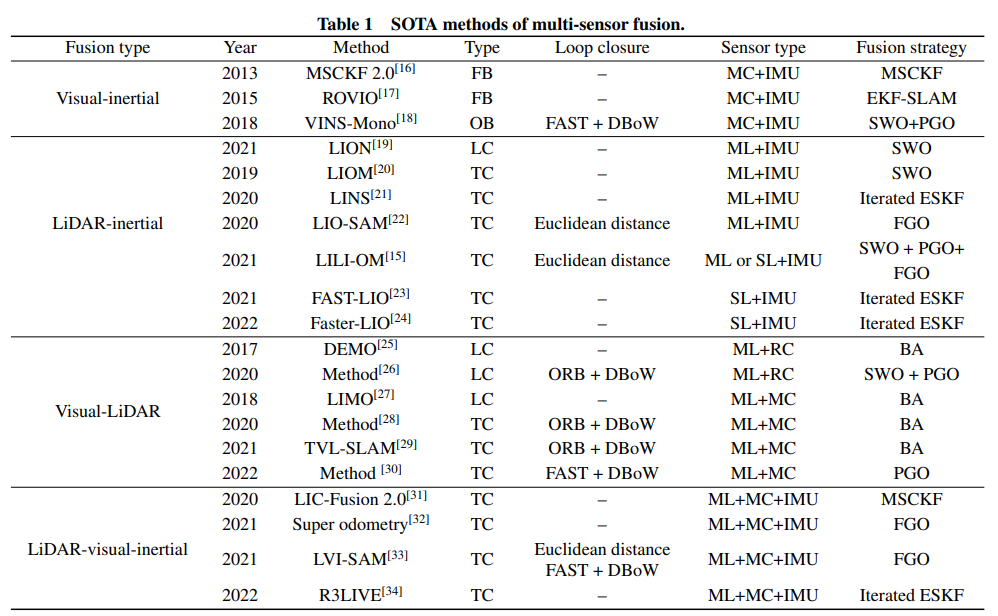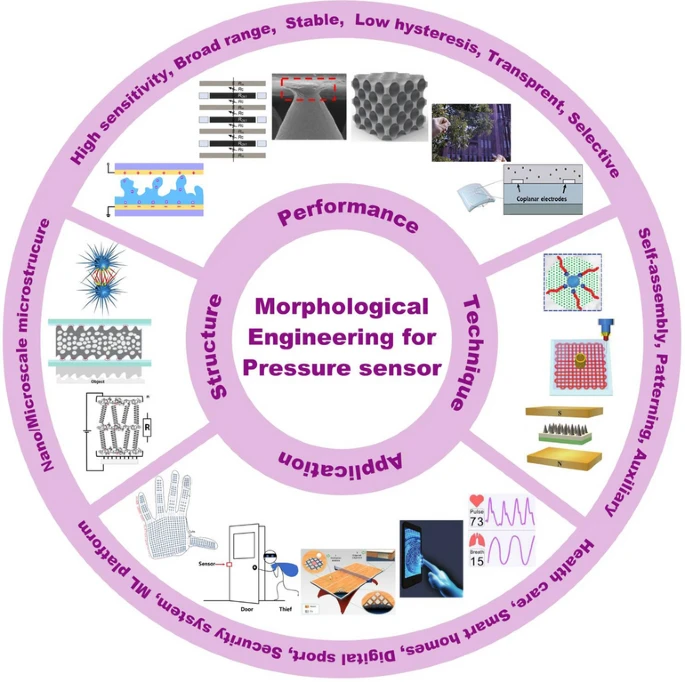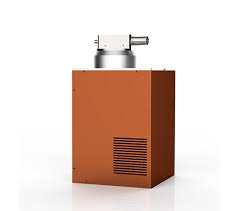Ultrasonic waves are mechanical waves with a vibration frequency higher than that of audible sound, characterized by high frequency, short wavelength, minimal diffraction, and excellent directionality, allowing them to propagate as focused beams. In recent years, advancements in sensor technology have made ultrasonic sensors more robust and precise, expanding their applications beyond traditional uses into new domains.
Operating Principles of Ultrasonic Sensors
Ultrasonic sensors leverage the properties of ultrasonic waves for detection. These waves, generated by a transducer vibrating under voltage excitation, exhibit high frequency, short wavelength, and strong directionality. They can penetrate liquids and solids effectively, especially in opaque materials, reaching depths of tens of meters. When ultrasonic waves encounter impurities or interfaces, they produce significant reflections, forming echoes. Moving objects trigger the Doppler effect.
These characteristics enable ultrasonic detection in industries, defense, and biomedical applications. Ultrasonic sensors, also known as transducers or probes, generate and receive ultrasonic waves. The sensor¡¯s head uses piezoelectric ceramics to emit high-frequency sound waves inaudible to humans. When these waves strike an object, the sensor detects the reflected waves.
By measuring the wavelength and the time difference between emission and reception, the sensor calculates the distance to an object. Sensors can be configured for short- or long-range detection, ensuring reliable performance within set boundaries. Some sensors use separate transmitters and receivers, ideal for detecting slow-moving objects, rapid response needs, or operation in humid environments. Ultrasonic sensors excel at detecting transparent objects, liquids, smooth or rough surfaces, glossy or translucent materials, and irregular shapes.
However, ultrasonic sensors are less effective outdoors, in extremely hot environments, inside pressurized containers, or when detecting foamy objects.
The core component of an ultrasonic sensor is a piezoelectric wafer, which both emits and receives ultrasonic waves. Low-power probes are typically used for detection. Probes vary in structure, including straight probes (longitudinal waves), angled probes (shear waves), surface wave probes, Lamb wave probes, and dual probes (one for transmission, one for reception). The wafer, encased in plastic or metal, varies in material, diameter, and thickness, affecting each probe¡¯s performance, which must be understood before use.
Key Performance Metrics
The primary performance metrics for ultrasonic sensors include:
- Operating Frequency: This is the resonant frequency of the piezoelectric wafer. When the applied AC voltage frequency matches the wafer¡¯s resonant frequency, energy output and sensitivity are maximized.
- Operating Temperature: Piezoelectric materials typically have high Curie points, and diagnostic probes use low power, allowing prolonged operation at lower temperatures without failure. Medical probes, operating at higher temperatures, require separate cooling systems.
- Sensitivity: Sensitivity depends on the wafer¡¯s electromechanical coupling coefficient. A higher coefficient results in greater sensitivity, while a lower coefficient reduces it.
Typical Applications
Ultrasonic sensors are versatile, addressing diverse needs in logistics, construction machinery, food and beverage, material level monitoring, and automated door systems. Below are nine practical applications:
- Material Level Monitoring in Gravel Storage Silos: In open-pit mining, materials like sand and gravel are excavated and stored in silos. Ultrasonic sensors monitor conveyor-fed silos to detect when maximum capacity is reached.
- Spray Boom Height Detection in Agriculture: To ensure consistent pesticide application across uneven terrain, ultrasonic sensors monitor and adjust spray boom height, unaffected by dust, dirt, or chemical exposure.
- Collision Detection for Aerial Work Platforms: Ultrasonic sensors enhance safety on construction sites by detecting obstacles around mobile aerial platforms, reducing accident risks.
- Spray Nozzle Optimization: In agriculture, ultrasonic sensors detect gaps between trees, pausing pesticide spraying to improve efficiency and reduce costs.
- Control Systems for Waste Collection Vehicles: Ultrasonic sensors ensure reliable operation of waste collection trucks under extreme temperatures and vibrations, enhancing safety.
- Forklift Pallet Detection: In logistics, ultrasonic sensors monitor forklifts to confirm pallet loading and insertion depth, improving accuracy.
- Printed Circuit Board Conveyor Lines: Ultrasonic sensors manage the delicate handling of printed circuit boards during production, ensuring precision for sensitive electronics.
- Bottle Counting in Beverage Filling Machines: Ultrasonic sensors track bottles at key points in filling systems, ensuring continuous monitoring and detecting missing bottles, even in steamy environments.
- Vehicle Detection in Gate Systems: In parking facilities, ultrasonic sensors prevent gate arms from lowering when vehicles are present, regardless of vehicle type or color.
Innovative Applications
Market trends highlight four areas where ultrasonic sensors show significant innovation potential: flow measurement, waste management, predictive maintenance, and autonomous vehicle detection.
Smarter Flow Measurement
Advancements in ultrasonic sensor technology have improved accuracy and reduced costs while enabling smaller designs. These sensors are increasingly used in utility flow measurement for water, gas, and heat meters, replacing mechanical meters. Their high accuracy and lack of moving parts enhance reliability, though proper pipeline design and sensor placement are critical. Ultrasonic sensors will play a key role in modernizing utility networks, improving efficiency and safety.
Improved Waste Management
Ultrasonic sensors measure material levels in containers by emitting and receiving sound waves, unaffected by dust. In waste management, strategically placed sensors optimize garbage collection, reduce inefficiencies, and prevent spills or accidents. As sensor costs decrease, their adoption in municipal waste systems is expected to grow over the next decade.
Reliable Predictive Maintenance
Ultrasonic sensors support condition monitoring and predictive maintenance, minimizing downtime and enhancing safety. The U.S. Department of Energy recommends them for leak detection. A survey across over 500 facilities identified applications in boilers, compressors, and valves, with potential annual savings of approximately $3.7 million per organization. Manufacturers are increasingly adopting ultrasonic sensors to address minor issues before they escalate.
Enhanced Safety in Autonomous Vehicles
Ultrasonic sensors are integrated into autonomous vehicle systems for navigation and safety, including blind-spot monitoring and automated parking. For example, certain autonomous vehicles use ultrasonic sensors to detect objects within an 8-meter radius, reducing collision risks. As autonomous vehicles evolve, ultrasonic sensors will improve, facilitating safer transitions to fully automated driving.
Looking ahead, ultrasonic sensors will integrate with information technology and advanced materials, enabling smarter, highly sensitive devices. Their non-contact, wear-free detection, unaffected by environmental conditions like dust or rain, positions them for broader adoption across industries.
 ALLPCB
ALLPCB






